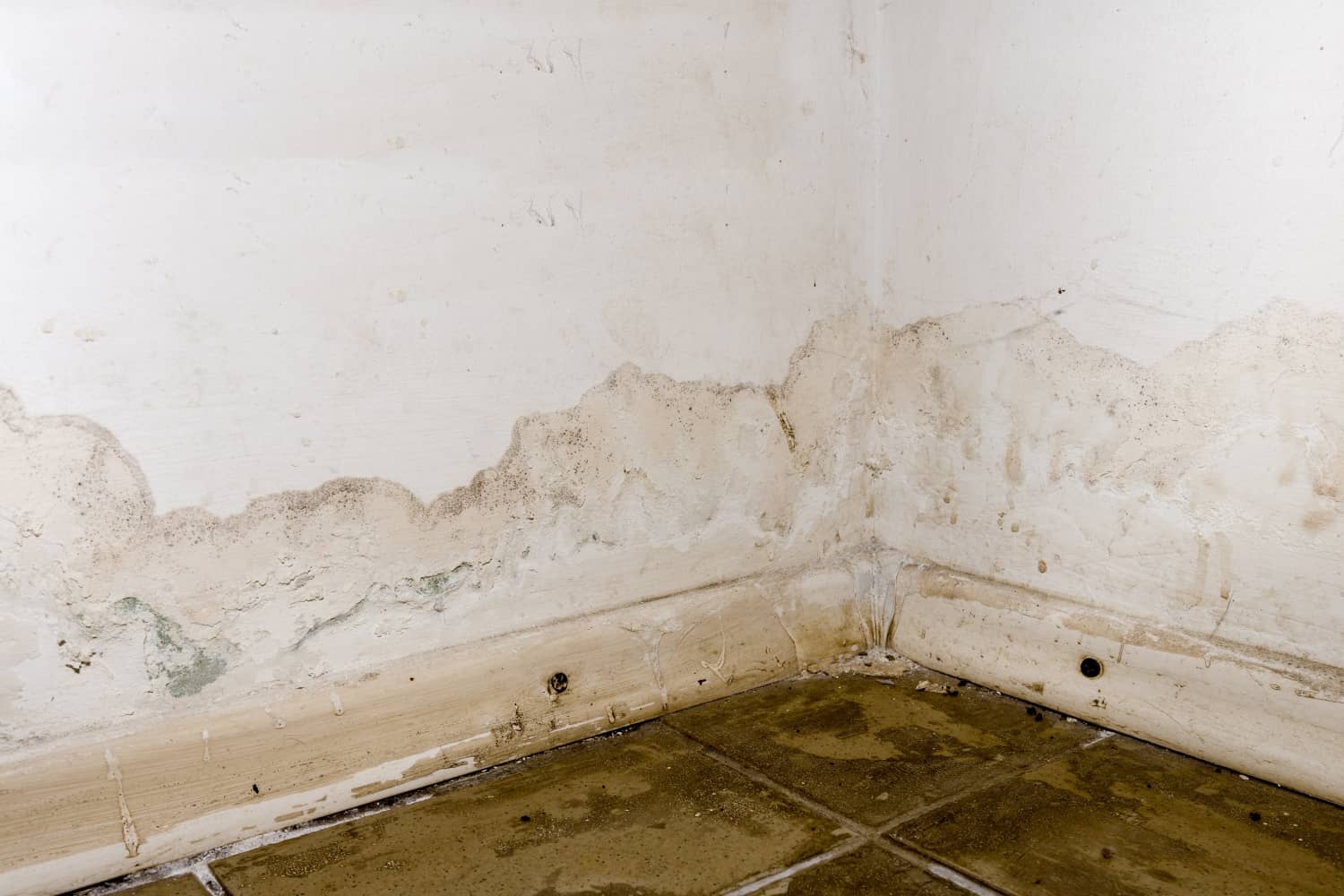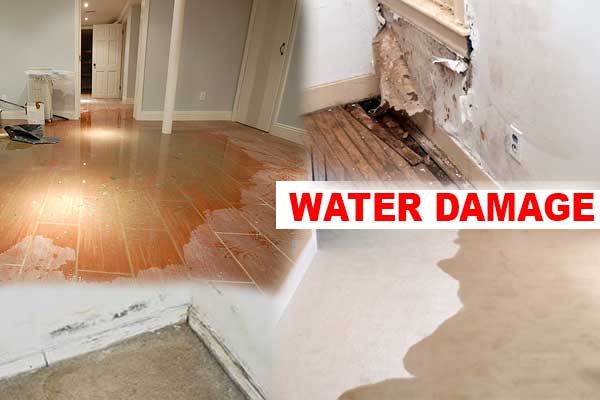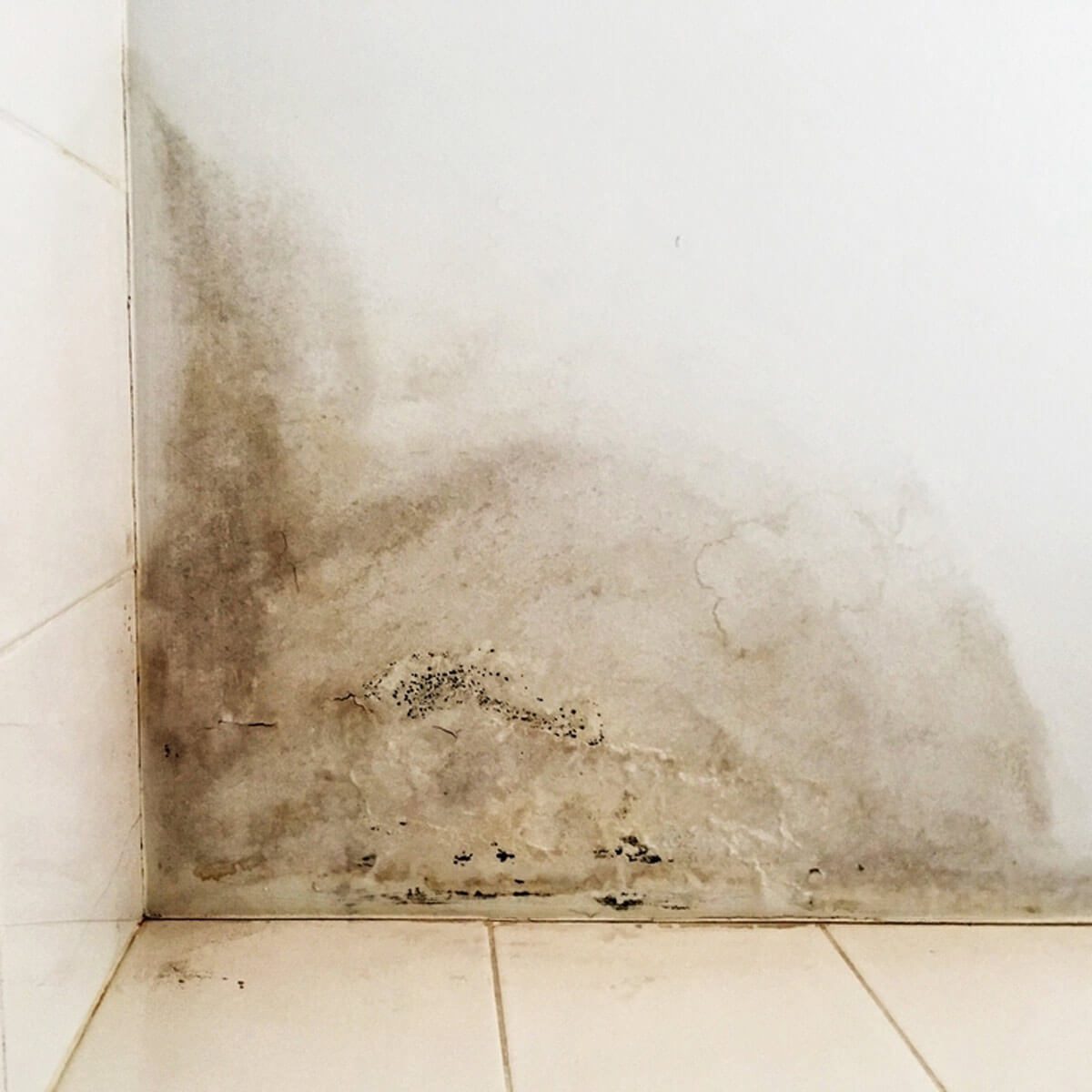Comprehensive Damage Restoration Services for All Types of Water Damage
Comprehensive Damage Restoration Services for All Types of Water Damage
Blog Article
The Refine of Water Damages Clean-up: Ensuring Your Home Is Restored Effectively
Water damage can be an overwhelming challenge for house owners, necessitating a meticulous and structured cleanup process to bring back security and functionality. A thorough analysis is crucial to determine the level of the damages and determine the suitable remediation measures. Following this, effective water removal methods play a pivotal duty in minimizing more damage. However, the nuances of drying out, sanitizing, and eventual remediation are equally essential and commonly forgotten. Recognizing these phases can make a significant distinction in the outcome of your home's reconstruction, prompting a closer consider what each step entails.
Examining the Damages
Upon finding water damages, the initial step is to completely examine the extent of the effect. This first analysis is vital, as it aids figure out the necessary actions for efficient cleaning and restoration. Begin by checking the affected locations, including walls, ceilings, floors, and individual valuables, to determine the source of the water intrusion, whether from flooding, leakages, or condensation.
Documenting the damage is essential for both insurance policy cases and preparing restoration initiatives - damage restoration services. Use photographs and created notes to catch the seriousness of the damages, noting any damaged structural elements and products. Pay special interest to areas that might not be quickly visible, such as behind wall surfaces and under rugs, as hidden wetness can lead to more problems, consisting of mold development
Additionally, examine the timeline of the water direct exposure. Ultimately, a detailed assessment lays the foundation for an effective water damages clean-up process, making sure that all affected locations are resolved efficiently and completely.
Water Removal Methods

Professionals usually utilize completely submersible pumps for bigger quantities of water, which can promptly reduce flooding in basements or other affected locations. For smaller sized amounts, wet/dry vacuum cleaners are usually made use of to remove recurring dampness from rugs and difficult surfaces. Additionally, using portable extractors enables targeted removal in confined areas or areas with delicate products.
In circumstances of polluted water, such as sewage or floodwater, advanced extraction strategies may include using biohazard tools to make sure safety and compliance with health policies. High-powered extraction tools are essential in reducing water retention in structural products, which can bring about mold and mildew growth and structural wear and tear if not resolved immediately.
Eventually, the effectiveness of water removal methods plays a pivotal duty in the general success of the water damage cleaning process, preparing for succeeding remediation efforts.
Drying and Dehumidification
As soon as standing water has been properly drawn out, the next essential stage in the water damage cleaning procedure is drying and dehumidification. This step is important to protect against more damages and mold growth, which can happen within 24 to two days in damp settings.
To accomplish efficient drying, specialized equipment such as industrial-grade air movers and dehumidifiers is used. Air movers circulate air throughout damp surfaces, enhancing evaporation prices, while dehumidifiers minimize moisture degrees in the air, advertising a favorable setting for drying. The mix of these tools makes certain that wetness is extracted from home furnishings, floors, and walls, enabling them to completely dry thoroughly.
It is necessary to monitor the drying procedure very closely. Professionals commonly use wetness meters to analyze the dampness content in different products, guaranteeing that all impacted locations get to acceptable dry skin levels. This careful method aids to avoid surprise moisture pockets that might bring about structural damages or harmful mold and mildew you can try these out development.

Cleaning and Disinfecting
After the drying out and dehumidification stage is full, the next crucial action in water damages cleanup is cleaning and disinfecting the influenced locations. This process is important to stop the growth of mold, microorganisms, and various other pathogens that flourish in wet settings.
The cleansing stage generally involves removing any type of debris, dust, and contaminants from surfaces using specialized cleansing representatives. For difficult surface areas, a mix of soap and water or industrial cleansing items is typically employed. Soft products, such as upholstery and carpetings, might require extra great site considerable cleaning approaches, including steam cleansing or deep extraction strategies, to make sure extensive hygiene.

Disinfecting complies with cleansing, utilizing EPA-approved anti-bacterials to eliminate unsafe bacteria. This action is vital, particularly in areas that might have entered contact with floodwaters or sewer, as these sources can posture significant health and wellness risks.
In addition, it is essential to resolve any type of remaining smells, which may call for making use of smell neutralizers or advanced strategies like ozone treatment. Appropriate cleansing and disinfecting not only recover the safety and hygiene of your home however additionally prepared for successful remediation and repair services in succeeding stages of the water damage clean-up process.
Remediation and Repair Services

As soon as the evaluation is complete, reconstruction initiatives can begin. In addition, flooring might need comparable attention, depending on the degree of water direct exposure.
It is critical to engage experienced remediation professionals throughout this process, as they have the experience to manage complex repair services effectively. In addition, they can assist minimize prospective future concerns, such as mold development or architectural instability, therefore ensuring a habitable and secure living atmosphere. Eventually, reliable restoration and repair services restore the home's stability and boost its total value.
Final Thought
In verdict, the process of water damage cleaning is crucial for bring back a home to its pre-damage problem. Each phase, from examining the damages to implementing efficient water removal techniques, complied with by thorough drying, sterilizing, and necessary repair services, plays an important function in ensuring safety and conformity with structure standards. Efficient implementation of these actions not just mitigates immediate damage but also enhances the long-term integrity and value of the property.
Water damages can be an overwhelming difficulty for property owners, necessitating a organized and precise cleanup procedure to bring back security and performance. Ultimately, a comprehensive analysis lays the groundwork for a successful water damages cleanup procedure, making sure that all affected locations are dealt with effectively and extensively.
Effective water removal techniques are essential in alleviating damage and stopping further difficulties complying with a water breach event.In verdict, the process of water damages cleanup is essential for bring back a home to its pre-damage problem. Each phase, from analyzing the damage to carrying out efficient water removal methods, adhered to by complete drying out, sanitizing, and essential repair work, plays a crucial function in making certain safety and conformity with structure standards.
Report this page